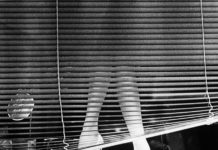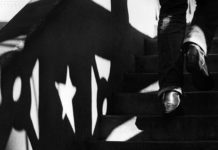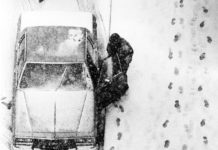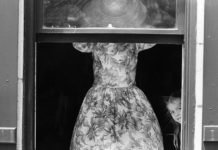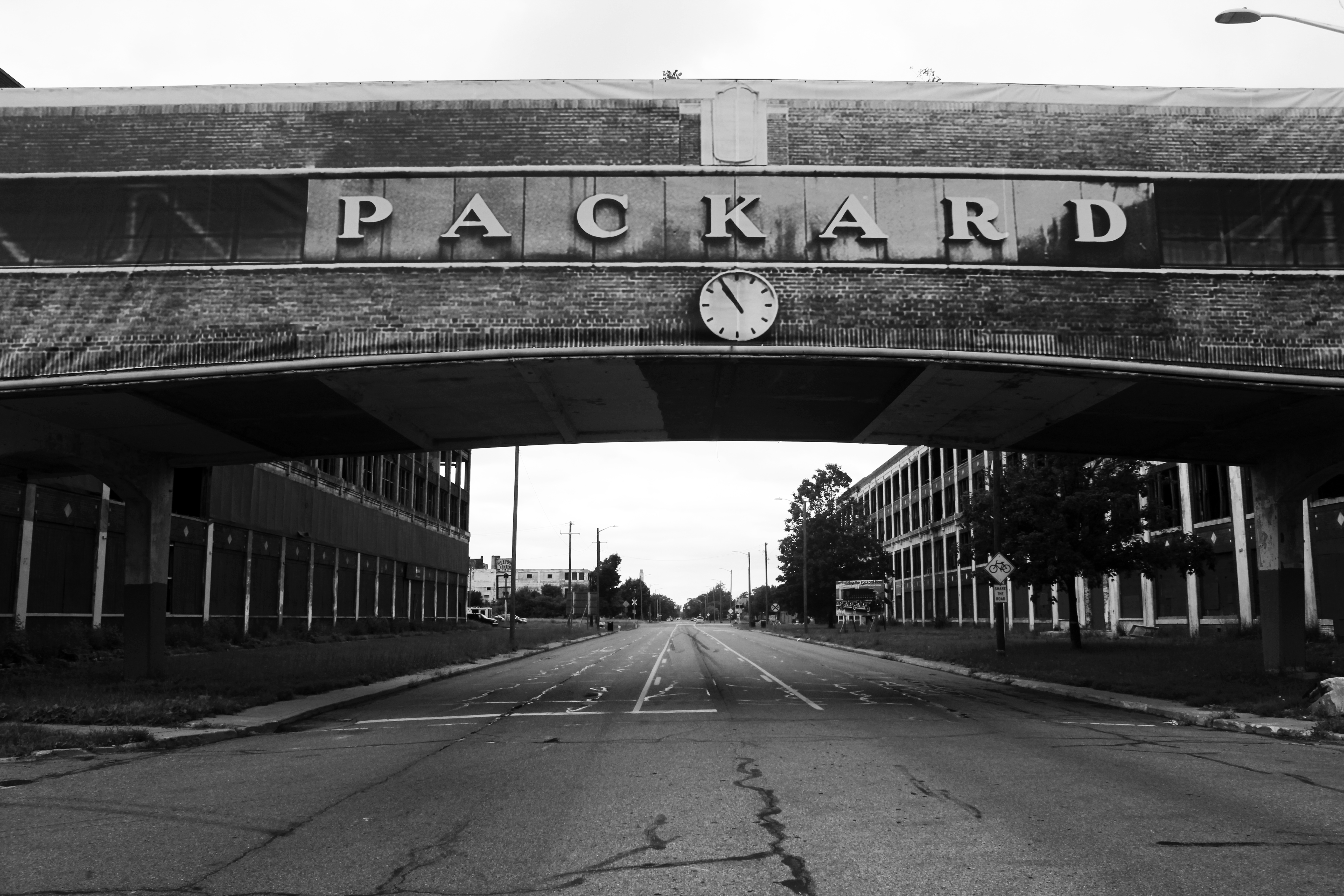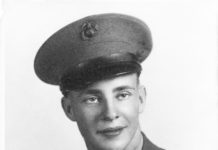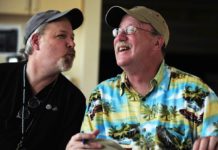©Scott Sines
Stories of the City’s resurgence, and maybe even rebirth, are well-known. In some ways they’re becoming yesterdays news just like the devastating crash and burn of the 1967 race riots seems like yesteryear’s news.
Still, our yesterdays are never really that far from our tomorrows, and the forces that shoved Detroit down could rise up again today. Technology has changed everything. It wouldn’t happen again the same way but that doesn’t mean it wouldn’t happen.
Detroiters need to stay vigilant, optimistic about their future and humbled by their history. Walk through Campus Martius, enjoy a game at Comerica Park or take in a show at the Fox, and appreciate it. But also take a sobering sojourn through the shadows of the Delray neighborhood or Allen Park and understand and appreciate all that Detroit was and just how fragile it’s future is.
The Nicest Club in the ‘Hood
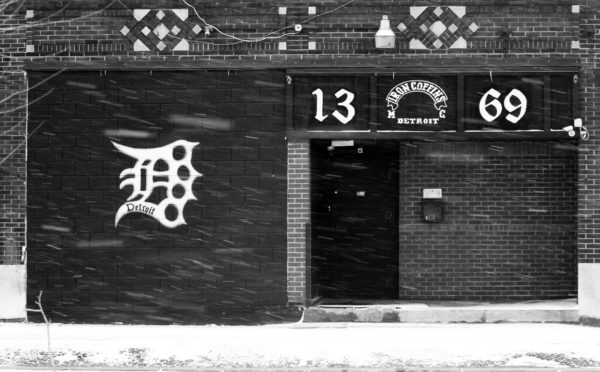
©Scott Sines
The Iron Coffins motorcycle clubhouse is one of the nicest places in Delray. Not much is known about the club except that the American Motorcycle Association calls it one of a small group of “One Percenters.”
The AMA rightly claims that most motorcycle clubs are made up of people who just enjoy riding on the open road. Many host charity fundraisers or provide escorts for civic events, or even family funerals, stuff like that. I once asked the Honda Golden Wings to help with logistics for the Pope’s visit to San Antonio. They worked efficietly and flawlessly and did it free of charge.
But then again, there are those “One Percenters.” They sell drugs, women and weapons. They are mean and extremely dangerous and they have the nicest place in the Delray neighborhood.
Don’t be misled by 13 69, it has nothing to do with their street address but everything to do with what the gang is all about. The number 13 means they deal in and use methamphetamines, the number 69 means . . . well if you have to ask . . . you can look it up yourself.
If you’d like to visit, their street address is 8434 Dearborn St, Detroit, 48209.
Delray: Anarchists Hideout
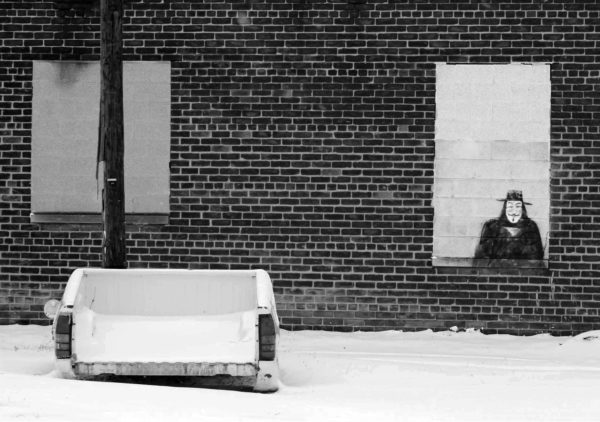
©Scott Sines
Welcome to the Delray neighborhood on Detroit’s Southside. It’s isolated by interstates and railroads and the Detroit and Rouge Rivers. It is not considered a tourist destination by many people.
Except perhaps V from Vendetta. He was the mask wearing star of a dystopian political thriller film from 2005. The mask resembles old English drawings of Guy Fawkes, a hell raising Catholic who tried to restore a Catholic monarch to the throne by setting off a bunch of explosives in the basement of the House of Lords to assassinate King James 1.
Somebody ratted Fawkes out and the fuzz caught him guarding the explosives in the basement before he could blow the joint up. He was tortured and confessed. But on the scaffolding, before his hanging he jumped off and broke his neck, depriving his tormenters the pleasure of drawing and quartering him.
The film is generally believed to promote revolution against Margaret Thatcher’s ultra-conservative government. The image of V is often used as an allegory of violent insurrection against established authority and it fits in perfectly among the burned out ruins of houses, small businesses and shuttered churches.
There’s Something in the Air
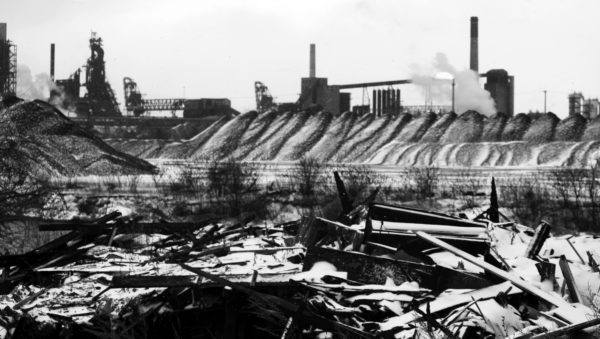
©Scott Sines
The Delray neighborhood boasts a spectacular view of Zug Island. Despite its obvious natural beauty it has been a smoke belching, fire spewing, stinking environmental hazard for decades.
The island was actually a peninsula of swampland when a bookkeeper but aspiring furniture company owner Samuel Zug bought it in the late 1800s. He planned to build a fine house on the Island. He even had a large canal cut through the peninsula that turned his property into an island and connected the Detroit and Rouge Rivers.
Zug and his wife Ann tried living on the island but eventually gave up on the idea. It was just too damp, full of large hungry bugs and varmints and because the natural sulphur springs made the place stink. So the Zugs sold the land to the Detroit Iron Works, who sold it to the National Steel Corporation, who sold it to U.S. Steel in 2003.
But the stink continues today. The Detroit Free Press reported in 2010 that residents of the area say the foul smells are strong enough to cause dry heaves.
Industrial Muscle Atropied
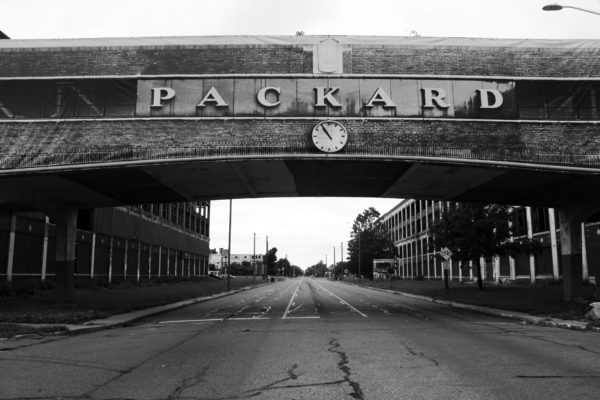
©Scott Sines
When the Packard Automotive Plant was built in 1903 the first nine buildings were typical of the time using a lot of wood for the beams and floors. The words dingy firetrap doesn’t begin to describe it.
So Packard enlisted Albert Kahn, known as the architect of Detroit to build its tenth building. Kahn with his brother Julius developed the entire building with a new technology using reinforced concrete. It was strong enough to eliminate the wood used in the original construction. It allowed for more open spaces and floor to ceiling windows eliminating the fire dangers of wood construction and creating a better space for workers. The design for Packard #10 became the standard for industrial buildings of the time.
The Packard Car Company became the largest manufacturing plant in the United States. Its footprint was a massive 3,500,000 square feet and sat on 40 acres on East Grand Boulevard. It employed over 30,000 workers and craftsmen in over 80 trades.
The plant closed in 1958 and a lot like the newspaper industry, the infrastructure outlived the business.

